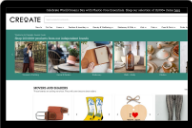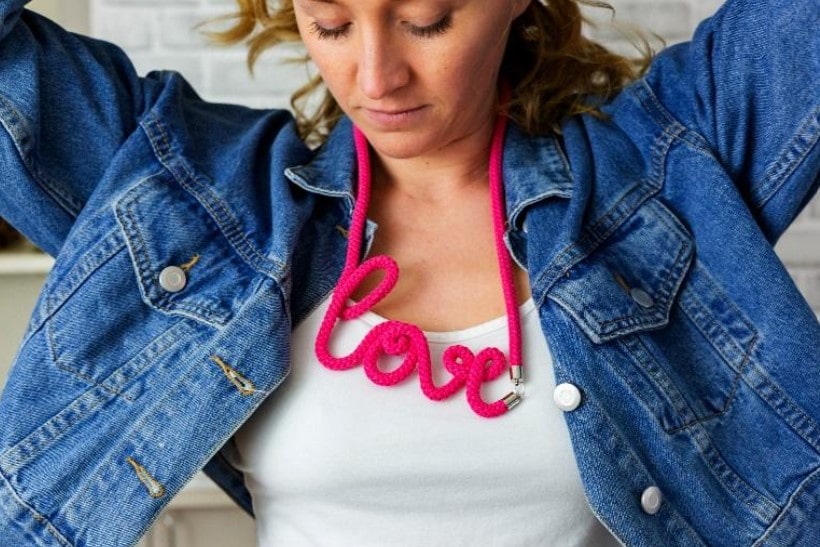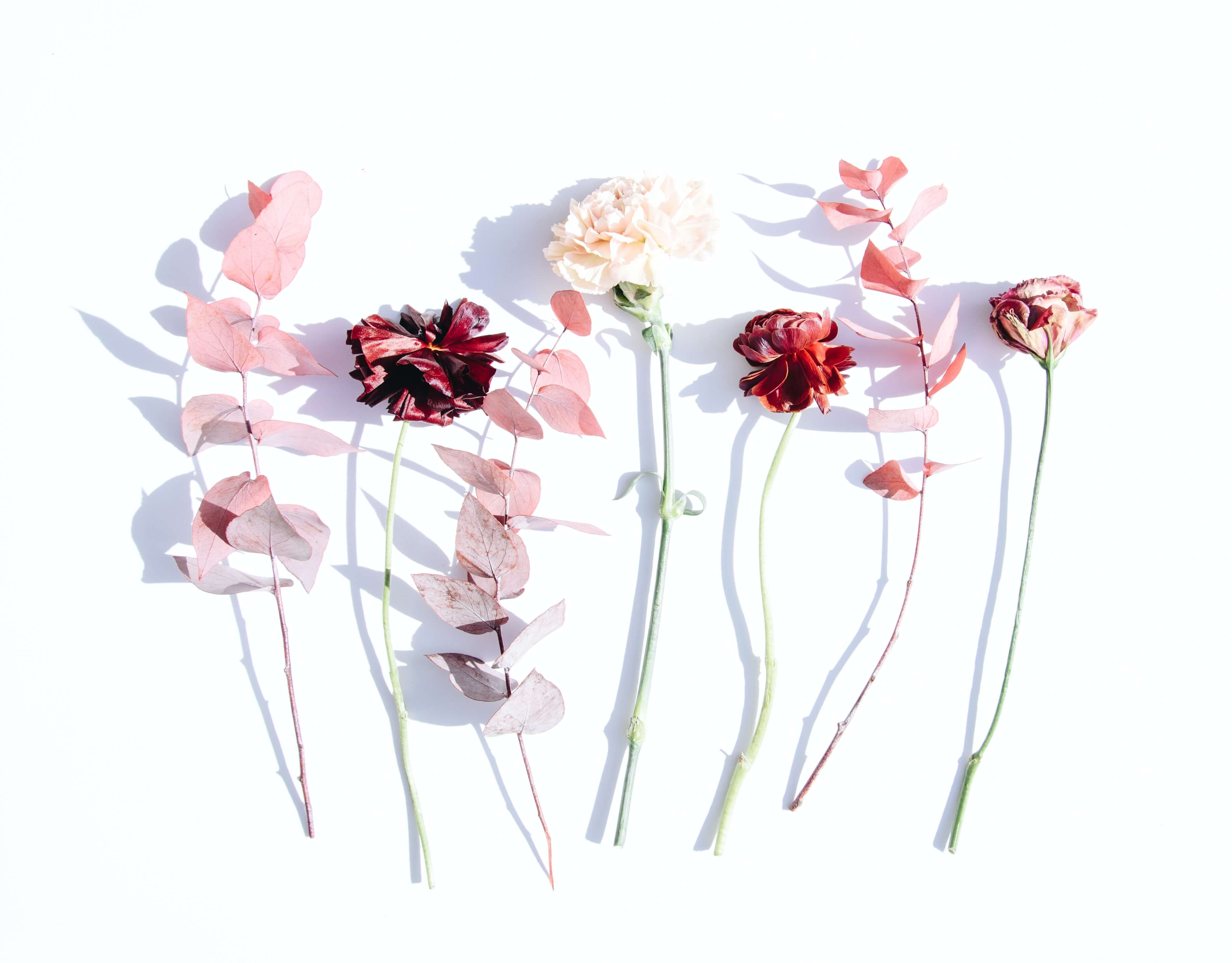
In the fast-paced digital age, where every click, scroll, like and share counts, making a positive first impression is more important than ever.
91% of consumers are more easily drawn in by visuals than words, with colour theory specifically playing a fascinating role in how customers engage with information, as proved by these fascinating stats uncovered by print and digital document specialist Xerox:
🌈 Colour is up to 80% more motivating than black-and-white
🌈 Colour increases comprehension by up to 73%
🌈 Information is located 70% faster when it’s in colour
🌈 Information highlighted in colour is 39% more likely to be remembered
🌈 Colour improves brand recognition by up to 80%
Since colour associations play such a critical role in information retention and processing, it’s super important to consider how to choose brand colours in your web design and branding.
Colour theory & psychology
Colour can have a profound impact on human psychology, evoking specific emotions and influencing consumer behaviour in many different ways.
So, how do you select a colour palette that aligns with your brand’s message and values? How do you elicit the desired response?
The significance of website colours
Colour psychology is a fascinating subject, with colour reportedly improving brand recognition by up to 80%, with many customers believing that colour plays a significant role in their purchasing decisions. When used correctly, colour theory can be applied as a powerful business tool to help brands connect with their audience on a deeper level.
For instance, have you ever noticed that most fast-food restaurants use red and yellow in their logos? This is because the combination of red and yellow is thought to encourage hunger and friendliness, stimulating the desire for quick, satisfying meals. Colours can also affect website conversions, with a company called Beamax seeing a 53.1% increase in clicks on red links compared to blue links as experimenting with its website colours. With this in mind, could it be worth experimenting with colours in this way on your website?
How to choose brand colours

When it comes to choosing the colours that make up your brand's palette, there's a few things you need to consider. Since these will be part of your brand's most defining aesthetic qualities, you must of course choose wisely. Have you defined your brand, and do your understand your target customer? These are all important starting points, as well as considering the industry you're in, and the space your brand occupies within it. Consider also colour association with emotions, and colour wheel theory, which is effectively a knowledge and understanding of which colours complement one another and why. From here, you can infuse your brand personality and create a distinctive and consistent visual brand identity.

Founder of Shiny Happy Digital, Hannah Dossary is a professional web designer with over 10 years' experience working with business branding and presentation. 'I'm always amazed at the amount of colour palettes that can be made', she says. 'A well-thought-out colour palette will ensure that there’s a different colour for different purposes. Usually there will be a colour that’s best used for accents such as buttons, calls-to-action, or to highlight important information. For the rest of the colours, it's important for me to check how the colour combinations work for accessibility, and I’ll use the ones with higher contrast most of the time.'
However, she's keen to point out that as with anything, moderation is key. 'I also like to ensure there is always balance on the site. As much as I love colour, you can go overboard and give your reader a headache, which isn't great if it results in them leaving your site! So finding the balance of quieter spaces allows the pops of colour to really shine.'
Colour also significantly boosts brand recognition. Brands like Coca-Cola, with their vibrant red cans, have successfully ingrained their colour into consumers' minds. However, creating a cohesive colour palette that supports your brand's message is crucial. Understanding concepts like asymmetrical balance and contrast can help you craft a visually appealing website that resonates with your target audience.
📚 Bookmark for later: On Building Websites Packed with Personality, with Hannah Dossary
Popular colour associations
Selecting a colour palette for your website begins with an understanding of your brand's identity and what you wish to convey. Let's explore how different colours can evoke distinct emotions and associations:
❤️ RED ❤️ ️

Red ignites excitement and passion and has a strong tie with action and urgency. Its vibrant hue is impossible to miss and a fantastic way to capture the attention of your clients. However, using red excessively might diminish its effectiveness, so it's essential to balance it with other colours. Wellness and supplement brand Chewwies combines red and yellow in its branding for an energetic vibe that combines well with the vitality behind its product offering.
💛 YELLOW 💛

Yellow brings happiness and optimism, instilling a sense of enthusiasm in your clients. Similar to red, it demands attention, making it a popular choice for product displays. Combine both, and you've got an eye-catching combo, as displayed nicely here by Chupa Chups punchy logo and branding.
🧡 ORANGE 🧡

Orange radiates creativity and warmth, creating an inviting atmosphere. Combining the energy of red and the warmth of yellow, it's an excellent choice for brands aiming to stand out and spark excitement. Eco-friendly deodorant brand Scrubber uses orange to excellent effect in its branding. Combined with brown for and blue for a vintage feel, the aesthetic quality of their products certainly makes them stand out on shop shelves.
💚 GREEN 💚

Green symbolises growth, nature, and stability, fostering a sense of trust. This colour is strongly associated with wellness and is a natural source of tranquillity, making it an excellent choice for brands seeking to promote natural well-being and eco-friendly values. This is displayed beautifully by Truthbrush's minimal branding in a mellow green, reflecting their natural product and eco values.
💙 BLUE 💙

Blue has a calming tone that represents peacefulness and evokes a feeling of trustworthiness and reliability. The inclusion of blue is a great way to build trust with your ideal client. A popular choice for tech companies and financial institutions, like Visa as pictured above.
💜 PURPLE 💜

Purple historically denotes royalty, luxury, and sophistication. It's no coincidence that a few chocolate brands have chocolate branding, like Cadbury, Wonka, and Milka — here, puprle denotes indulgence! Spirituality and creativity are also evoked by the colour purple, making it a great pick for brands wanting to highlight these characteristics.
🖤 BLACK 🖤

Black is often associated with elegance, power, and mystery, black can add a touch of sophistication to your brand. However, using black thoughtfully is essential, as it can be overwhelming in large amounts. A House Like This or AHLT's black branding perfectly evokes the mystery and refinement behind their home fragrance brand.
The basics of colour & web design
Before we get into the psychological impact of colour on consumer behaviour, let’s cover some of the basics of colour use in branding and web design.
When it comes to branding, it’s important to consider safe web colours, RGB and CMYK. But firstly, what do these acronyms stand for?
What is RGB?
RGB, or ‘Red, Green and Blue’ is the primary colour palette typically used for digital images. Whether it’s your website, logo, social media assets, app design — anything designed to be displayed on any type of screen should adhere to RGB, or any variation of RGB using a hex colour code.
These are known as safe web colours, since designers can manipulate their HSL, or ‘Hue, Saturation, and Lightness’ to achieve their desired result. RGB is not used in physical or printed products, and exists exclusively for digital designs. The kind of file types you’ll find using RGB colours are:
📁 JPG
📁 GIF
📁 PNG
📁 PSG
What is CMYK?
CMYK, or ‘Cyan, Magenta, Yellow, Key/Black’ is the go-to palette for printed assets and marketing materials. These colours make up the four ink plates used in some colour printing. CMYK works by masking or partially masking colours on a light or white, background.
Since the way printers mix colour works differently from how colour exists in the digital world, it’s important to use CMYK so that you can achieve the most accurate results for display in the ‘real world’, and best translate your brand colours and designs from one format to another.
So, when choosing brand colours for physical marketing materials such as brochures, flyers, business cards, posters, billboards, signage and more, CMYK colours should be your go-to. As far as file types, when working on branding for printed materials, designers typically work with the following:
📁 EPS
📁 AI
FAQ
What are the 3 rules of colour?
One of the tricks when combining colours for your brand is to choose three colours adjacent to one another on the colour wheel. However, the key is to make sure that of these three colours, one is a primary colour, and the other two are secondary and tertiary colours.
What is a colour wheel?
The colour wheel in question is rounded combination of 12 different colours. These 12 are made up of three primary colours, three secondary colours and six tertiary colours. Secondary colours are made from a mixture of the primary colours, tertiary colours are created out of a combination of mixed primary and secondary colours.The colour wheel illustrates colour hues, and is a key tool for artists and designers when building palettes and creating colour combinations.
What are the 7 colour schemes?
While you may be coming up with your own colour scheme, it's important to note that there are at least 7 major colour schemes. You may already be aware of some, or all of them without realising it given how pervasive they are. The seven major colour schemes are monochrome, analogous, complementary, split complementary, triadic, square, and rectangle.
Embrace colour
Colour theory plays a crucial role in business and branding, and can significantly impact how consumers perceive and interact with your brand. Understanding the psychology behind different colours enables you to create a visually appealing website that aligns with your brand's message and values.
Remember to strike a balance between colours, use contrast thoughtfully, and consider the emotions you want your brand to evoke in your target audience. Don’t forget to follow this through within the technical framework and limitations of web design and colour in print marketing and branding. If in doubt, consult with a professional graphic designer with experience in web and print design.
So, what are you waiting for? Go ahead and choose a colour palette that speaks volumes about your brand and captivates your audience today!
Not signed up with us yet? Sign up to CREOATE for free and start shopping wholesale today.








